RoskildeFestival25: Stormzy, Portishead Nostalgia & Mist-Witch Metal
#RoskildeFestival25 is a mini-essay series from this year’s festival — capturing fleeting moments, lived experiences, and personal impressions.
This second entry takes us from parking politics and bedroom-tempo pop to siren songs, sludge metal, and Stormzy in a state of party zen.
It’s about finding rhythm in the noise — and finding yourself in the dark.
Share to Social Media
RoskildeFestival25: Stormzy, Portishead Nostalgia & Mist-Witch Metal
Thursday, 1:30 PM. At check-in, where I’m chasing a parking permit I had assumed I’d get, I meet a guest with a different issue. Her wristband works, but she’s not granted access to the Media City. Naturally curious, I ask what outlet she’s with. The answer? Her boyfriend is signed to Universal Music. That piques my interest—about the boyfriend, of course—and let’s just say he’s a household name in Denmark. I’ll leave it at that.
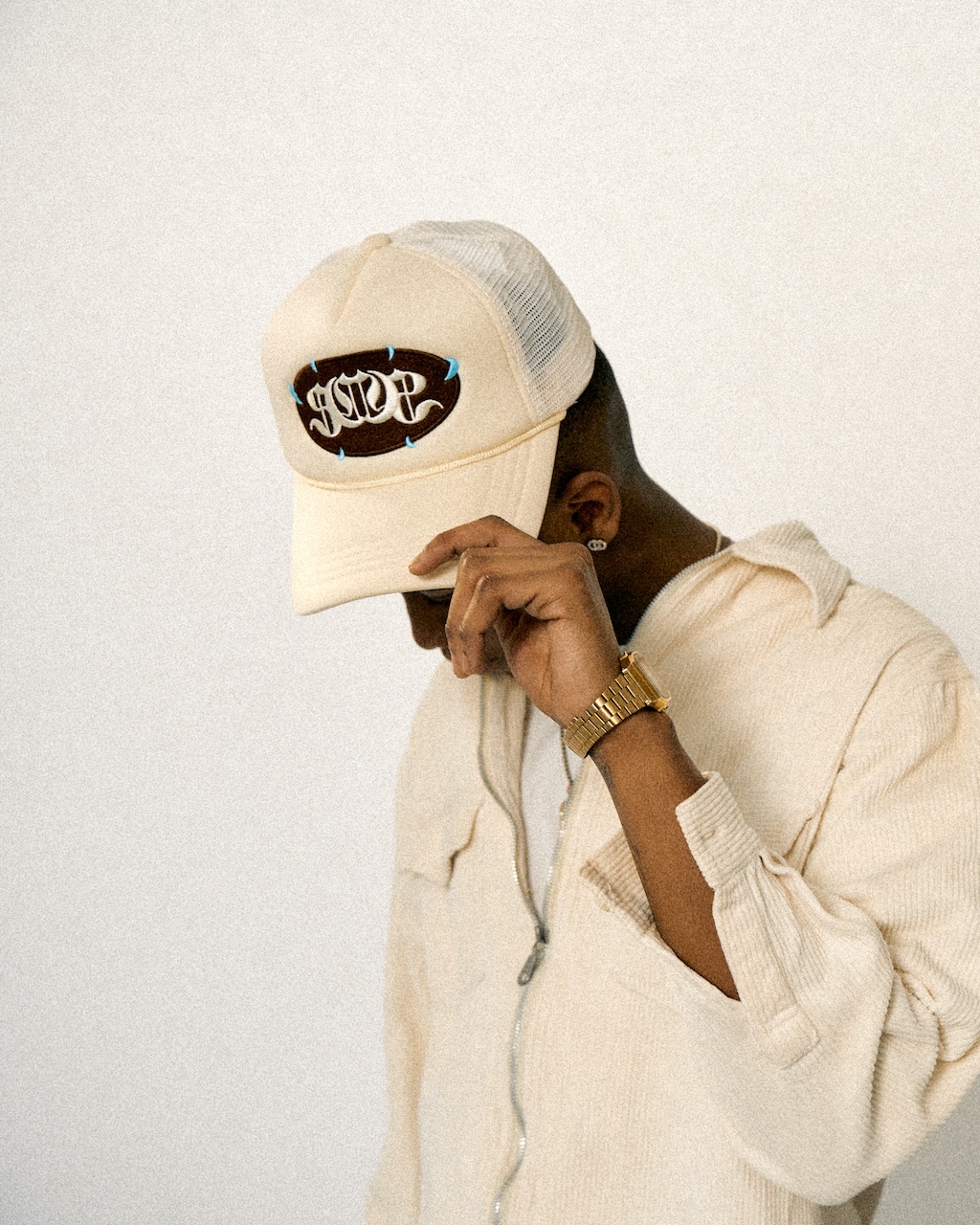
Parking Vultures, a Suburban Side Street & Festival Values
I never did get that parking permit. But I found another solution. The commercial turbo boost on parking services in recent years is real—no surprise there. Both in the Musicon district and through private companies nearby, the baseline is a 24-hour purchase minimum. Roughly 170 DKK (~€23), and it reeks of capitalist exploitation. It’s not the local car dealer’s fault—it’s the private firms who set the rules.
The Easiest Way to Stay GDPR-Compliant
Stubborn as I am, I found a workaround: a quiet residential side street, practically next to one of the entrances. I spoke with a few locals—it was fine by them. There was ample space, and my car wasn’t blocking anything. Case closed. I simply refuse to volunteer at this festival, not get official parking, and then get fleeced by parking vultures on top of that.
So, there you go. A small parking hack. I hope it doesn’t lead to a flood of cars next year—but I choose to believe in people’s decency, courtesy, and good style.
That cynical, opportunistic capitalism has no place here. Especially not around a festival whose core values are love, community, and good karma. That’s why I think it’s fair if actual festival volunteers or drivers borrow a bit of street space for a couple of days.

Design. Build. Launch. No Code Needed.
From portfolio websites to full webshops – Elementor lets you build custom WordPress sites visually, fast and beautifully. Join 14M+ users who choose freedom, flexibility, and full design control.
Could it backfire, with the vultures trying to buy up the streets or bribe residents? Sure—in theory. But that’s probably too paranoid. Hopefully.
Swamp-Witch Metal and Dark Magic in Gloria
Inside Gloria, a converted barn-like venue, the band Couch Slut is performing right now. Genre? Grindcore meets swamp-brewed metal. What’s surprising is that the place is packed—people even queuing outside. Given the festival’s increasingly pop-oriented profile and young crowd, this feels like a refreshing contrast.
I wait patiently and make it inside after 15 minutes. Gloria is always dark, always dense, always immersive. Couch Slut hits hard—and while I love many genres (including pop, when it’s innovative and emotionally sharp), it’s just such a rush to feel the sheer weight of this ton-heavy core-metal. Deep as coal mines. Dark as the blackest snake, the most diabolical witch, or a sorcerer with secret plans. Glorious!
Beabadoobee and Bedroom Pop, Amplified
On the Orange Stage, Filipino-British artist Beabadoobee is blending dream pop, lo-fi, and—yes, let’s go there—grunge-lite with a tight band and elegant musical breaks.
I first hear her voice from 300 meters away and immediately think of Mew. But the acoustic mirage vanishes when I reach the grass in front of the stage.
Beabadoobee’s style is both charming and original—songs born in the bedroom and matured in the rehearsal room. Her soft, supple voice fits perfectly in both hushed, western-tinged passages and the more explosive rock moments with big drums and juicy electric guitar.
Beth Gibbons, Flutes & a Siren from 1998
Beth Gibbons is now on the Arena Stage. It’s hauntingly beautiful, conjuring memories of Led Zeppelin’s dreamier, more hypnotic work. Especially fresh in my mind is seeing Robert Plant recently in Copenhagen—his mythic, enchanting world still lives in me. Gibbons’ flute-driven arrangements echo that same aura.
Then, 50 minutes in, it happens: Portishead’s legendary track “Glory Box.” Both nostalgic and fully present. It transports me back to a Portishead show in 1998—I had to double-check the year—where I was swaying with a woman who looked like Bo Derek in her prime. Goddess-like.
She lit a joint, passed it to me as if we’d known each other for years. We kissed—right there, during “Glory Box.” But like a siren, or a mermaid, she vanished again. Just as fluidly as she’d surfaced from the sea.
I almost tear up now. Not (only) because of Bo Derek Girl, but because of the full memory—the true, deep beauty of that song, which is now unfolding live on the Arena Stage.
Sunstroke, Sleep Deficit & the Hunt for a Sweater
Yesterday hit 30°C. Today, the temperature’s nosedived. By midnight—three hours from now—it’ll be 13–14°C with steady wind. A chilly turn. You have to be prepared for everything at a festival.
Thankfully, I usually am. The rubber boots are packed. But now I need to swing by the Danish Red Cross tent near the EOS Stage to find a proper sweater. It’s simply essential. I forgot (or underestimated) just how cold evenings can get. Especially when you’re sleep-deprived—and, like me, sober. Because yes, a bit of alcohol or other softeners can dull the chill. Not tonight.
Stormzy and the Blue Hour’s Hiphop Euphoria
The sweater mission must wait. I throw on my shoes and green slacks and catch UK grime heavyweight Stormzy as he commands the Orange Stage. What’s not to love?
It hits me straight on: powerful, precise, with phenomenal sound. On Day 2, Orange often hits its technical stride—tonal balance, dynamic clarity, atmospheric lighting. Tonight, it’s all there: one seamless, living experience between artist, audience, and the saturated hues of the blue hour.
This is art. Period. Stormzy and his crew—including the radiant backing vocalists—are completely in the zone. 330% present. That’s what it takes to elevate a show to something extraordinary.
Amenra and the Well-Oiled Doom Engine
Later, on the Gaia Stage, Belgium’s Amenra proves that Roskilde isn’t just pop, hiphop, and trance. Their sound is punishing—but also tender in its quieter interludes.
Genre? Doom metal and sludge. Heavy like a cargo ship—but one that floats, just barely.
Why does it work? Because it’s tight, textured, and almost progressive. (Though I hesitate with that word—it’s lost its edge.) The sound roars like a diesel engine: smooth, explosive, and unstoppable.
Zombie Beasts, Bela & a Sonic Nightmare in Gloria
Back to Gloria, where things get… strange. An act called Bela takes the stage, sounding like a bad horror movie soundtrack. According to the Roskilde app, he’s a South Korean DJ and “musician.”
Whatever it is, I’m not impressed. Calling him a musician feels, respectfully, like a stretch.
Maybe it’s an experiment in alienation and subterranean soundscapes. But to me, it sounds like animals in distress—slow-motion death spasms, stumbling around like aimless zombies.
It feels like a low-budget horror flick, ravaged by a zoonotic plague where animals think they’re people, and people become babbling, seven-limbed creatures with Tourette’s and urgent bowel needs.
Still, I give it 20 minutes. Especially at festivals—or in all art, really—we owe it to ourselves to be challenged. To suspend our judgment. But here? No payoff. No transformation. Just noise.
Anton Westerlin & a 2:30 AM Queue in the Land of Sleep
It’s 1:45 AM. Crowds surge toward Arena, where “phenomenon” Anton Westerlin takes the stage at 2:30. He’s penned and produced hits for Kesi, Tessa, D1MA, and now has a solo album on the way. Tonight is one of his rare live performances. Rumor has it Annika might join him onstage.
The pit line stretches over 80 meters. I push past my fatigue to check it out—though I admit I’m ready to bail after 15 minutes. Sleep is clawing at me. The car brings some comfort, but there’s still a 21 km drive back to Sonnerupgaard Manor and my beloved bed.
Westerlin is undeniably a hitmaker. The crowd sings along to almost everything he drops from his triple console. He begins alone onstage, but guest appearances seem likely. Still, I’m too exhausted to really take it in. Would I enjoy it more with rest? Probably. But who knows.
Homebound, Black Cats & Karma on Dumpedalvej
A small correction on the distance: my GPS says 21 kilometers from the festival to Sonnerupgaard Manor, where I’m staying. My car is parked just 400 meters from Entrance East. On the winding rural roads home, I pass a hare—and three cats. The hare freezes at the roadside, ears high and alert. Not every night brings headlights this late.
Stone sober, but tired, I drive with care—40–45 km/h through the darkness. Watching for animals.
The cats seem less aware of road etiquette. All three dart across in front of me. One, black, nearly meets its end on Dumpedalvej. It leaps from the grass, and I brake hard and swerve.
Let’s just say: that cat used one of its nine lives. And so did I.
The black cat invites symbolism—but I wake up to breakfast at Sonnerupgaard, and somehow, that puts everything back in place. All is well. For now.
Catch up on [Episode 1] and [Episode 3] for the full festival journey.

